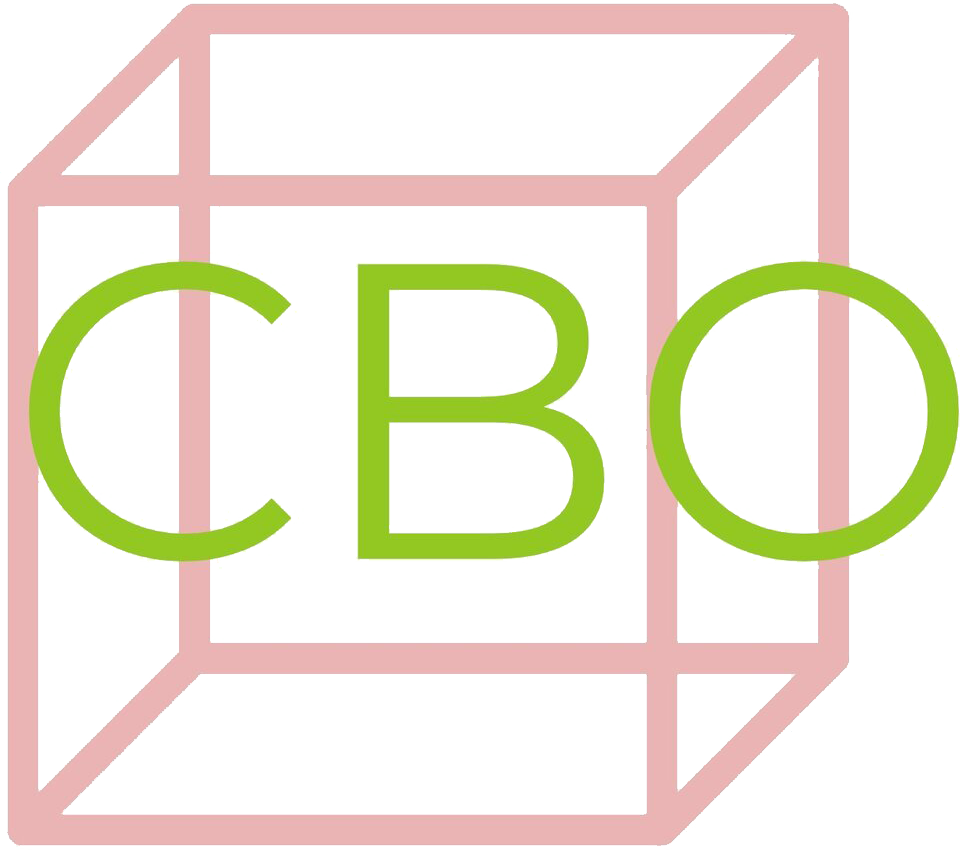I was walking down to Jack London Square along Broadway when I came across the graffiti. It was in big, red letters:
“We want an end to the robbery by the capitalists of our black community – Black Panther Party 1966”
Readers know me well enough to know that as a fair-minded person I always try to see things from the point of view of people whom I disagree with. So, for the rest of my walk (about 4 miles), I pondered this statement.
My first instinct was to post a picture of it on the Coalition for a Better Oakland’s Facebook page, with the comment “This is what we’re up against.” That’s because the statement is so paranoid and clichéd, it’s easy to dismiss as just another example of woke disgruntlement.
But I decided to think about it on a deeper level, or try to anyway. So I pondered. There are a number of concepts embedded in the graffiti that are hugely problematic. The first is the word “robbery,” which is defined as “the action of taking property unlawfully from a person or place by force or threat of force.” Robbery, in other words, in what those “nine violent individuals” (in the words of a statement on the City of Oakland’s website), who were aged between 12 and 17, committed 35 times in May of this year, when they “brazenly victimized individuals” throughout Oakland and Piedmont and even up to El Cerrito before being collared by the Oakland Police Department. So is the graffiti artist saying that “capitalists” brazenly victimized Black people with force and took their property the same way those young perps did?
The next problematic word is “capitalists.” I know it’s fashionable on the left to villainize capitalists, who by definition are people who make a profit by selling something for more than it cost them to provide. Never mind that this behavior has been the basis of human commercial activity for as long as mankind has been civilized. While it’s true that there are aspects of capitalism I deplore, it took the Black Panthers and other denizens of the 1960s to smear all capitalists as a bunch of greedy, predatory (and presumably White) monsters. Of course, that’s a huge exaggeration. Black people too can be capitalists; the guy selling Warriors T-shirts on the corner is a capitalist. Buy low, sell high, and pocket the profit. Nothing wrong with that.
Finally, on to “our black community.” That, I suppose, is the answer to the question, “Who was robbed?” It was the Black community, robbed by unnamed (but presumably White) “capitalists.” Now, I do have some sympathy with this argument. Before the modern era, there was a predatory form of capitalism that was unbridled, unchecked and unfair. It ripped off everyone, of all races and ethnicities. Beginning with the Republican trust-busting President, Theodore Roosevelt, increasingly progressive American governments provided guardrails to uncontrolled capitalism, a process that is necessarily ongoing because capitalists are very talented at finding new ways to circumvent rules. So I have no problem with the contention that greed drives some capitalists to extremes that are harmful to society. All society, not just the Black part of it.
You also have to interpret this graffiti in the context of the Black Panther Party’s heyday. The Panthers wished to make a revolution, and if it took violence, they were willing to be violent. To them, American history was simple to explain: White Europeans stole Black men and women from Africa, then forcibly sailed them across the Atlantic Ocean and placed them into slavery, where they labored under White overseers. Even in the 1960s, by which time slavery was but a distant memory, the Panthers argued that the butcher’s bill for slavery was past due. Some form of remediation was needed (the Panthers were never very clear about just what). Nowadays progressives have settled on reparations as the answer. I disagree, but I do welcome the conversation we’re having in America.
What irks me, though, is the intellectual vacuity of the graffiti and the mentality it reflects. I understand the anger of many Black people, just as I understand the anger of many Gay people, and the anger of other marginalized groups around the world. Anger is a natural human reaction to being pushed around and cheated. Many of History’s greatest moments were provoked by anger: Jesus chasing the money lenders out of the temple, Moses smashing the tablets when he saw the Israelites worshipping the golden calf, Dr. King calling out the “vicious racists” and nullifying governors of the South. Anger, or more accurately righteous indignation, is the correct response of law-abiding citizens to terrible misdeeds.
But the anger of the graffiti artist and of all who think like him is something beyond righteous indignation. It’s ahistorical, paranoid nonsense, unsupported by facts, and designed solely to inflame others to anger and further divide our community—and I mean, not just the “black community” but what Dr. King went out of his way, on that August, 1963 summer day in Washington, to describe as “Black men and White men, Jews and Gentiles, Protestants and Catholics”—in other words, all of us. This is what extreme Black activists fail to grasp: We’re all in this together. To pit us against each other, on the basis of race, is unAmerican, demogogic and unhelpful, and only defeats their own purposes.
Steve Heimoff
